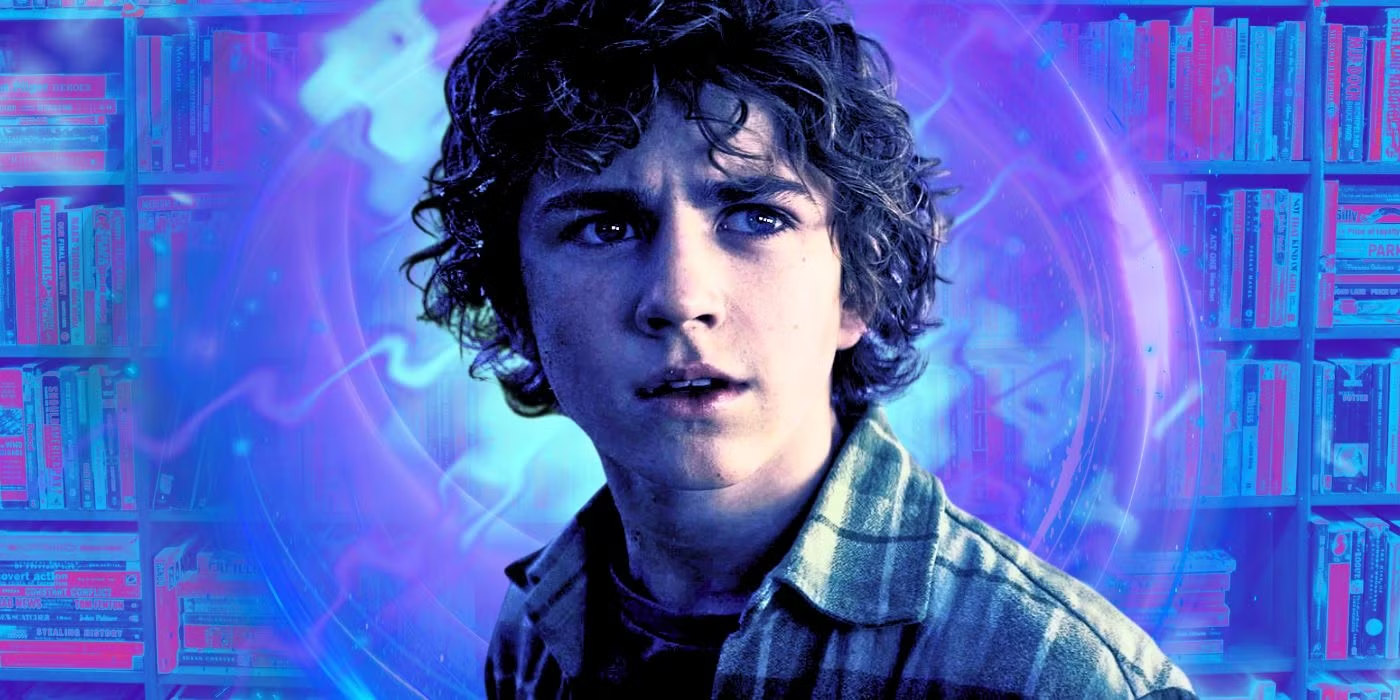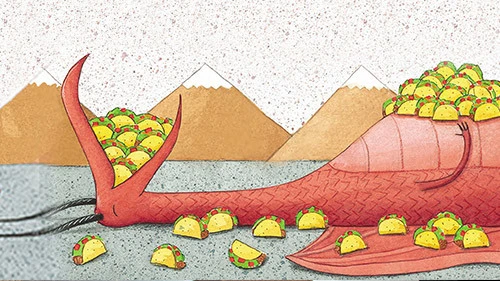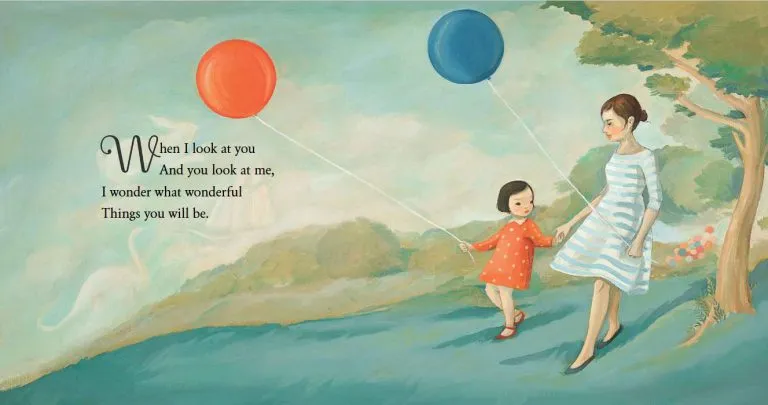No Fan of Sports, a Graphic Novelist Learns to Follow the Bouncing Ball

Like “American Born Chinese” — his groundbreaking 2006 Y.A. debut, and the first graphic novel to be a finalist for the National Book Award — Gene Luen Yang’s DRAGON HOOPS (First Second, 446 pp., $24.99; ages 14 to 18) weaves multiple story lines of American identity and anxiety into a comics format.
Engaging, entertaining and full of insight about race and ethnicity, “Dragon Hoops” follows the real-life Bishop O’Dowd Dragons, an Oakland high school basketball team, in its quest to win the California state championship.
On one level, Yang’s latest graphic novel is like a fast-paced documentary, intercutting the Dragons’ thrilling wins and crushing losses with basketball’s own turbulent history, from the invention of the game in 1891 by James Naismith, to the 1948 face-off between the Harlem Globetrotters and the all-white Minneapolis Lakers, to the often controversial, politically charged careers of today’s N.B.A. stars.
On another level, it’s autobiography. Yang was a computer science teacher at Bishop O’Dowd High School for nearly two decades. And it was a 2014 conversation he had with the Dragons’ head coach, Lou Richie — himself a player on the team 25 years earlier — that sparked the idea for the book. Richie, with only seconds remaining in the 1988 championship game, made a shot everyone thought had given the school the state championship, only to have a referee overturn the basket. That reversal of fortune transformed a mild-mannered backup point guard into a high-school-hoops version of Captain Ahab, eternally obsessed with capturing his own elusive white whale.
But what makes this story most compelling is Yang’s initial attitude toward the game of basketball. “I’ve hated sports ever since I was a little kid,” his character says in the very first line of the book. “Especially basketball.” Imagine his anxiety once he decides to dedicate the next few years of his life to writing about it.
Framed from the start as a book about the struggle to create a book, “Dragon Hoops” animates the inner conflict between Gene Yang, computer science teacher; Gene Yang, family man (his wife and four children appear throughout); and Gene Luen Yang, graphic novelist. Is it possible to do all these things simultaneously without literally being Superman? And speaking of Superman, what happens when Yang gets offered an opportunity to write for the most famous superhero ever?
My favorite visual elements in the book are the close-ups of feet. Are they taking a step forward into greatness, or taking a step back? Readers will be glad Gene Luen Yang stood on his toes and leapt toward the rafters.




